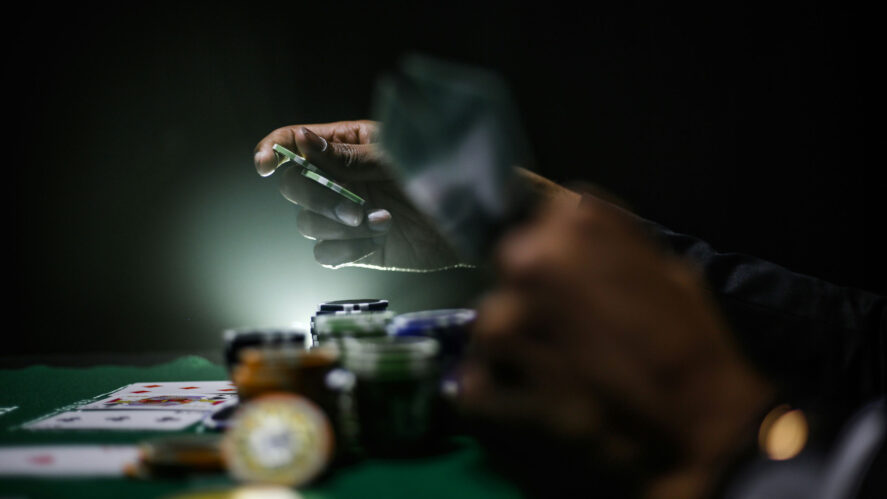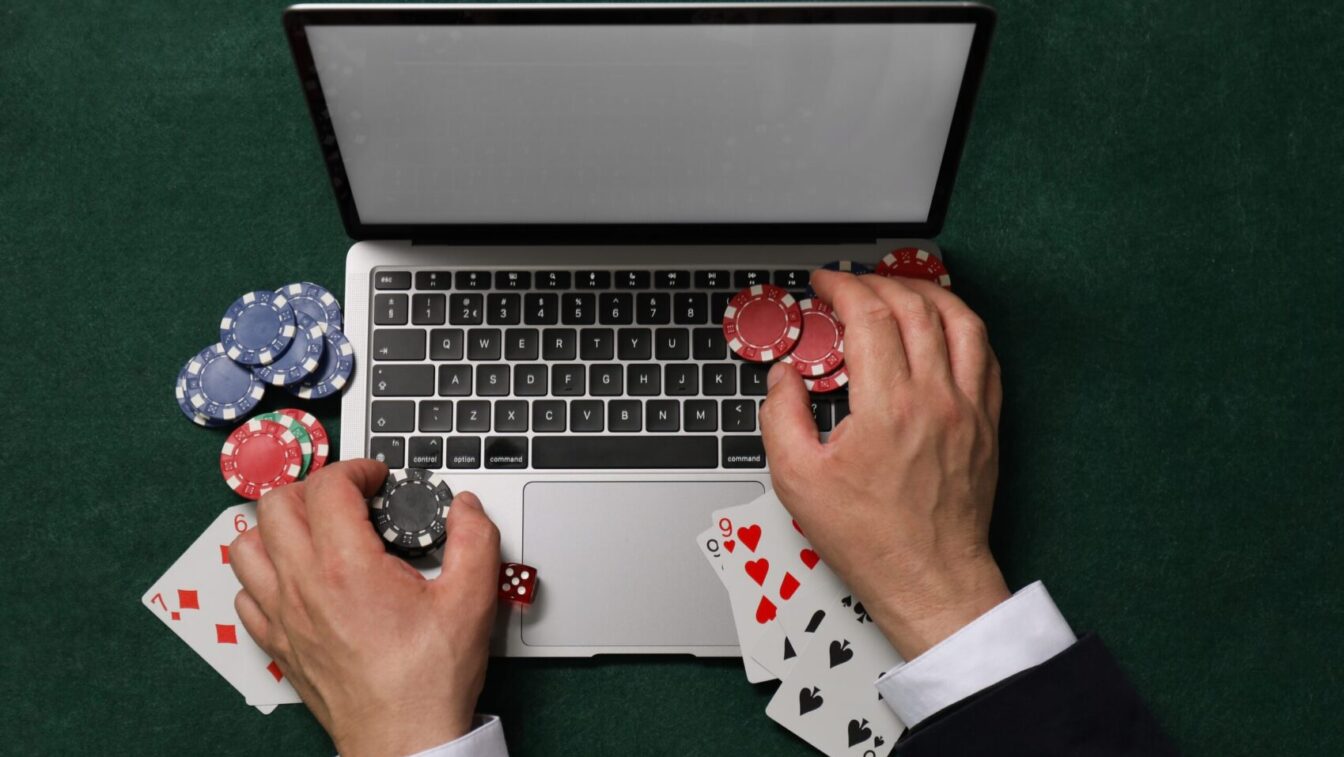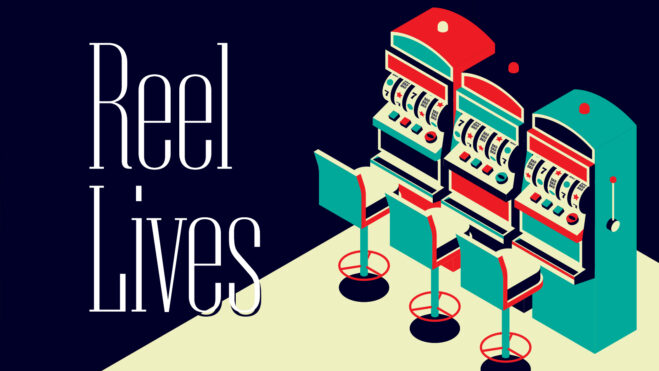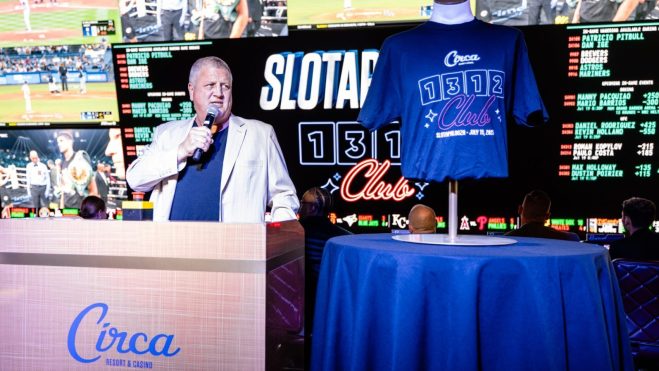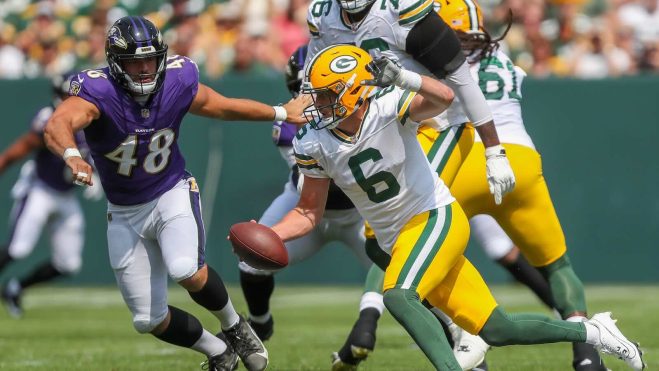The Dorm Room Poker Boom
Gen Z is discovering hold’em, but are the new players making their way to casino poker rooms?
9 min
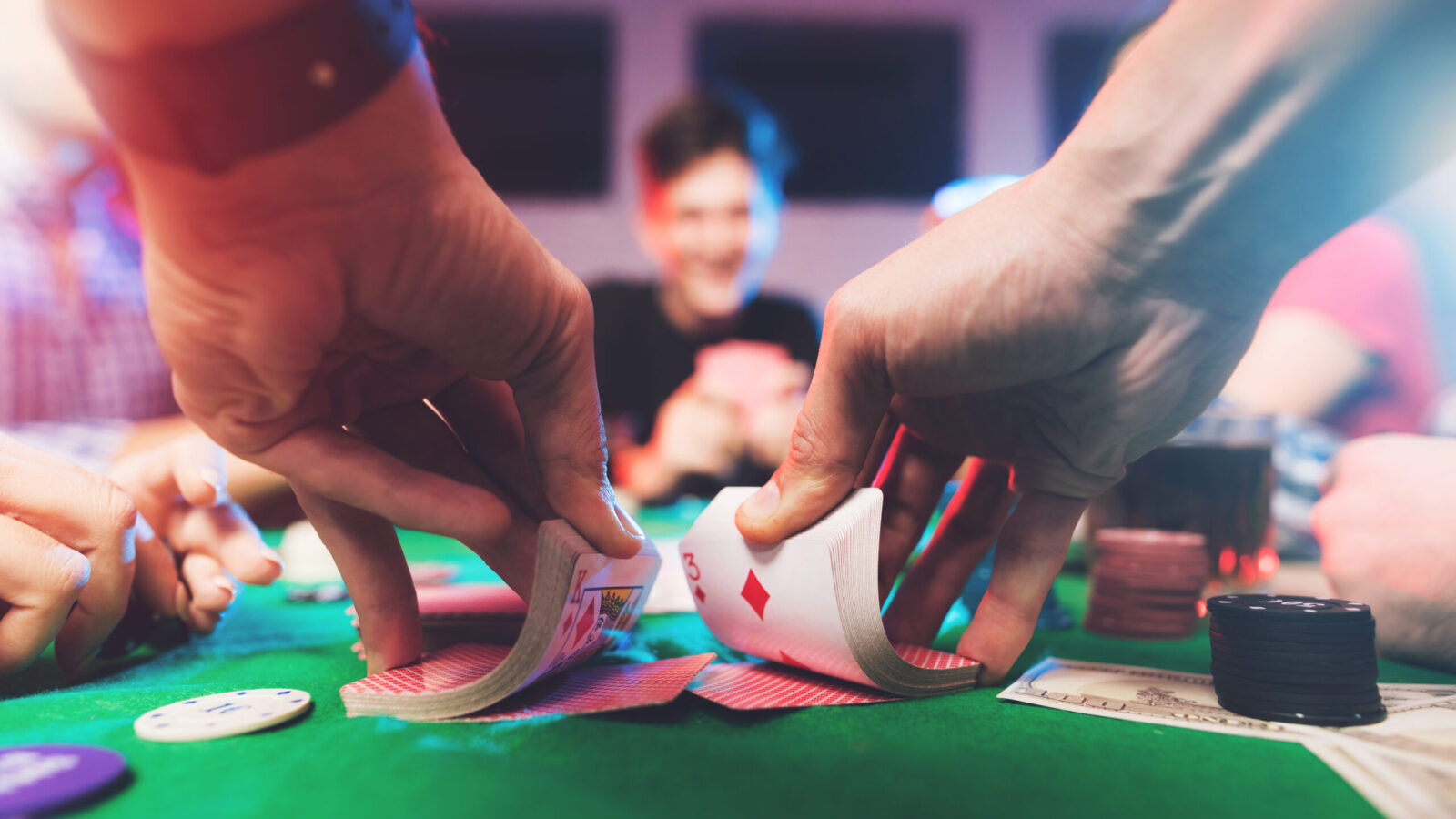
A new card game is growing in popularity on college campuses.
Well, technically, it’s not “new” — the game has been around for centuries. Still, for some, such as those who don’t know what life was like before the iPhone, it is new.
And now, poker is once again the comeback kid of the gambling world.
The game, which some trace as far back as 10th century China and which began to resemble its current form in the 1800s when it was favored by gold prospectors in America, has repeatedly found itself on the brink of folding into obscurity only to be revived by landing a lucky card on the river.
In its early days, the game was shunned by the proper class of American society, making those who played in underground card rooms “hoodlums” or “undesirables.” But the game’s reputation took a change for the better in 1972. That is when, in the infancy of the World Series of Poker held at his Binion’s Horseshoe, the great showman Benny Binion upped the purse to attract the press, who in turn made the winner, “Amarillo Slim” Preston, a national celebrity.
There’s a general belief among poker historians that Binion used some Vince McMahon-like tactics to prop up Preston. Nonetheless, with his big cowboy hat and Texas drawl, Preston normalized the game through regular media appearances, including on the The Tonight Show.
CBS started airing the WSOP, but the tournament soon drifted away from the mainstream — only to be revived in 2003 when ESPN began televising the Main Event with hole-card cameras, and winner Chris Moneymaker brought an everyman quality to the game and launched a pop culture phenomenon.
The “Moneymaker Effect” was felt for the next three years, but then obstacles emerged. In 2006, Congress passed the Unlawful Internet Gambling Enforcement Act (UIGEA) after it was attached at the 11th hour to an unrelated port security bill, driving several online poker operators out of the U.S. Those that remained available to American customers were eventually shut down by the Department of Justice on April 15, 2011 — known in the poker world as “Black Friday.” And in between those two events, the economy soured.
During that period, casinos that couldn’t expand their poker rooms quickly enough a few years earlier were shuttering them and rolling the slot machines in to take their place.
But now — this might be news to some, especially those who have been fixated on legalized sports betting the past few years — the tide has turned back in poker’s favor, as a new generation is discovering the game.
Undergrads and overbets
Even as someone who covers the gambling space, I was unaware of poker’s resurrection until I recently heard my college-aged son make repeated references to playing it with his friends.
The same mathematically inclined kid to whom I taught the game to and its strategy, only to have him feign interest to placate his father, now wants to see the flop and make check-raises with his buddies.
After seeing first-hand the lifeline college aged players are bringing to poker, I conducted a status check on the game from the perspective of those newer players.
Perhaps the best way to initially examine the current state of the game in a macro sense is to analyze the number of entries into the Main Event of the World Series of Poker. Based on that metric, the game is on the upswing.
The COVID-year tournament of 2020, which was most played online and was only accessible in certain countries and states, brought in a mere 1,379 entrants, By 2022, the number grew to 8,663 — the largest field since 2006, the last pre-UIGEA tournament. The past two main events have been even bigger, breaking and then re-breaking the record with over 10,000 entrants.
As a highly competitive part-time player, Mackenzie Kraemer, offered some unique insight on the action he sees.
“Poker is in an interesting spot right now,” said the 36-year-old Kraemer, whose main job is as a researcher for ESPN Stats & Info. “On one hand, tournaments saw a boom in the immediate aftermath of COVID in rooms that stayed open. On the other hand, many casinos in Vegas and elsewhere used the pandemic as an excuse to downsize or eliminate their rooms entirely.
“I wouldn’t say it’s more or less popular than pre-COVID. There was a mini boom at first once restrictions got lifted. But after I recently moved back to Connecticut (from Las Vegas) and returned to Mohegan Sun for the first time in six years, I recognized six of the other eight players at my table.”
Another close observer of the game, Mike Gallo, host of the Race to the $5 Big Blind podcast sponsored by Crush Live Poker, believes social media is helping to grow the game.
“With the popularity of social media influencers like Rampage, Brad Owens, and Mariano to name just a few, we have seen an influx of college-aged players,” said Gallo. “It’s vital for new, younger players to play live poker and become part of this ecosystem, as they’re the new blood.”
This poker ecosystem contains two typical age brackets, according to Kraemer: There is the older group, a wide net consisting of the long-timers and those in Kraemer’s age range who found the game during or soon after the Moneymaker boom; then there are the 20-somethings, who are in the minority in these live games, certainly.
Kraemer advises to watch out for those players in particular.
“It’s hard to have a big poker bankroll at that age unless you’re a good player.”
Seasonal play
Bankroll management plays a vital role in the comings and goings of college poker players, according to a dealer/floor person from a Northeast casino who preferred not to use her name. The casino this dealer works at is located near two different colleges, and around late August, when the students come back to campus flush with cash, this age group can make up as much as 30% of the poker room population.
However, as the semester progresses, the college students aren’t around as much as both they and the house would prefer.
“Around October, we see less and less of them as their bankroll goes down,” the casino employee said. “After Thanksgiving and then the new year, there is a slight increase, since they went home and got more money.”
Brendan Kearney, a junior mechanical-engineering major at Purdue University who is accustomed to quantitative reasoning in the classroom, now regularly finds himself making similar decisions at a poker table.
“Poker is definitely popular here with students,” said the 21-year-old. “I didn’t play before college, but then during my sophomore year I picked it up so I could play with friends here and back home who played it a lot.”
The New Jersey shore native is one of the many college-aged players who tend to keep their poker action on campus. For the most part, they play no-limit hold’em tournaments with a buy-in in the $20-$50 range.
A couple hundred miles to the southeast, Alex Tronosky and his peers at Barton College in North Carolina are also playing that format with similar stakes. Tronosky came into campus games with experience playing with his older brother and father.
“Yeah I play a lot here, it’s popular among lots of people, although they play for very low stakes,” said Tronosky.
When he wants to increase his risk in pursuit of higher purses, Tronosky jumps online, where there is no shortage of action. (Online poker is not legal and regulated in North Carolina — only Nevada, New Jersey, Pennsylvania, Michigan, and Delaware offer that — but players in all states have access to offshore poker sites.)
Now in graduate school at Rider University studying to be a CPA, Ryan Kiriloff has seen a number of younger students over his time on campus gravitate toward the game.
“There’s a decent chunk of college kids today interested in poker,” said Kiriloff. “I’d put them in two subsets. There are those who know about the game but feel like the learning curve is too high so they don’t play that often, and those who want to play so they find others to get games going.”
Sign of the times
The way this group of 18-to-22-year-olds learned the game is likely different than their predecessors who manned the felt.
For Kiriloff, it was going on YouTube to watch tutorials and old episodes of Poker After Dark and The Big Game, once mainstays on network or cable television. Kearney and Tronosky favor the content of poker influencers on Twitch, Instagram, and TikTok.
It is a good time to be a poker player learning the game, according to Kraemer.
“It’s never been easier to get good at poker,” Kraemer remarked. “There are so many poker training tools, ranging from free content on YouTube to advanced solvers like GTO Wizard and PioSOLVER.”
Curious to gauge their knowledge of the modern history of poker, we gave these Gen Z-ers a pop quiz with one question: Who is Chris Moneymaker?
Tronosky and Kiriloff aced the exam. Kearney failed.
The main reason these college students are playing poker is also why the gold prospectors did many years ago: It features a communal element that also can activate competitive desires.
“When I play low stakes poker I usually am playing mainly for the social aspect and bragging rights,” said Tronosky. “However, when buy-ins get higher or when I play online, I play only for my ROI [return on investment] and being a profitable player.”
Kearney echoed those sentiments: “I play mostly for social reasons, but when I’m playing I try to also take it seriously in hopes I make money.”
Migration patterns
From a gaming industry perspective, the key is getting these players to move from home games into casinos — and then keeping them coming back. Based on our conversations for this article, all these younger people playing poker doesn’t necessarily mean a boom period is coming for casinos.
Poker rooms exist near West Lafayette, Indiana, but don’t go looking for Kearney there anytime soon.
“We don’t go to casinos to play,” he said, “because I have to believe there are a lot more experienced players than us sitting at the table and the buy-ins are going to be a lot higher than $20 that we do for home games.”
Gallo isn’t surprised by this hesitation from college-aged players. He recalled a session at Parx Casino in Bensalem, Pennsylvania, in which he sat down next to a young, inexperienced player at a $2-$5 game.
“He didn’t know how to stack his chips or how to raise, all that stuff, so I helped him the best I could without interfering with the spirit of the game,” Gallo said. “Instead of alienating him like the other players did, I helped him. I wondered after the session how many players don’t come back because they felt alienated. Let’s face it, poker has many miserable humans.”
Witnessing alienating behavior from other players is one of the reasons Gallo started his podcast.
Younger players having these types of issues is extremely common according to the casino dealer we spoke with. She talked about a recent hand she dealt between an older player and a college student in Seat 1, to her immediate left.
“I could see his hand, and he had the nuts (the best possible hand), but he got nervous when the older guy raised all-in for like $700 and this kid only had about $300 in front of him. The kid folded.”
A helping hand
Of course, the dealer must stay quiet and not influence situations like this, but when younger players first sit down at the table, she tries to be proactive by welcoming them and offering to answer questions that don’t impact any action.
“At the casino, the dealers, floor people, we provide a service to play a game that is seen as an ‘old man’s game,’ so we need to not only teach them how to play, the rules, the etiquette, but just as importantly, how to win money and keep playing to be the future of the game.”
She added that old heads (that is what college kids call them) have two common reactions when a 21-year-old sits down at the table. One is “good, I’m going to get all their money,” and the other is “ this kid better not beat me by calling something stupid on the river.”
Still, when the tables are turned, so to speak, and this dealer takes on a different role, a certain mindset kicks in when squaring off against younger players.
“For the most part when I play against a college kid,” she said, “I’m going to be extra tight with the second best hand but be really aggressive with the nuts. A lot of times they don’t know how to lay down two pair or trips.”
From his perspective, Kiriloff believes it’s not just a lack of familiarity with rules that limits college players entering a casino, it’s the financial side of playing in today’s marketplace.
“Where I play at Parx, the normal buy-in for a $1-$2 game is $300. That’s a lot for college students — college students who are probably in debt with student loans and have credit card debt.”
Perhaps if more casinos offered a wider variety of low-stakes games, they could entice these poker players to come inside the doors. That probably won’t happen, however, since the economy of scale and labor costs for low-stakes poker games aren’t in the house’s favor.
The dealer said her casino used to offer a $1-$1 game, but it never caught on because, with the rake (the cut of each pot taken by the casino), even the winning players were ,not coming out ahead.
So online poker rooms seem likely the biggest beneficiaries of this new wave of players.
“Online is the best place for college students who want to play poker not just at home games, and the reason is all the different buy-in prices,” said Kiriloff, whose platform of choice is the crypto-based Coin Poker. “Online, you can buy in for as low as $5 and play games for 1-2 cents.”
He added these low-stakes games can draw and keep more players in this age range because “there are more games you can win at, and not too many good poker players are playing for two cents.”

